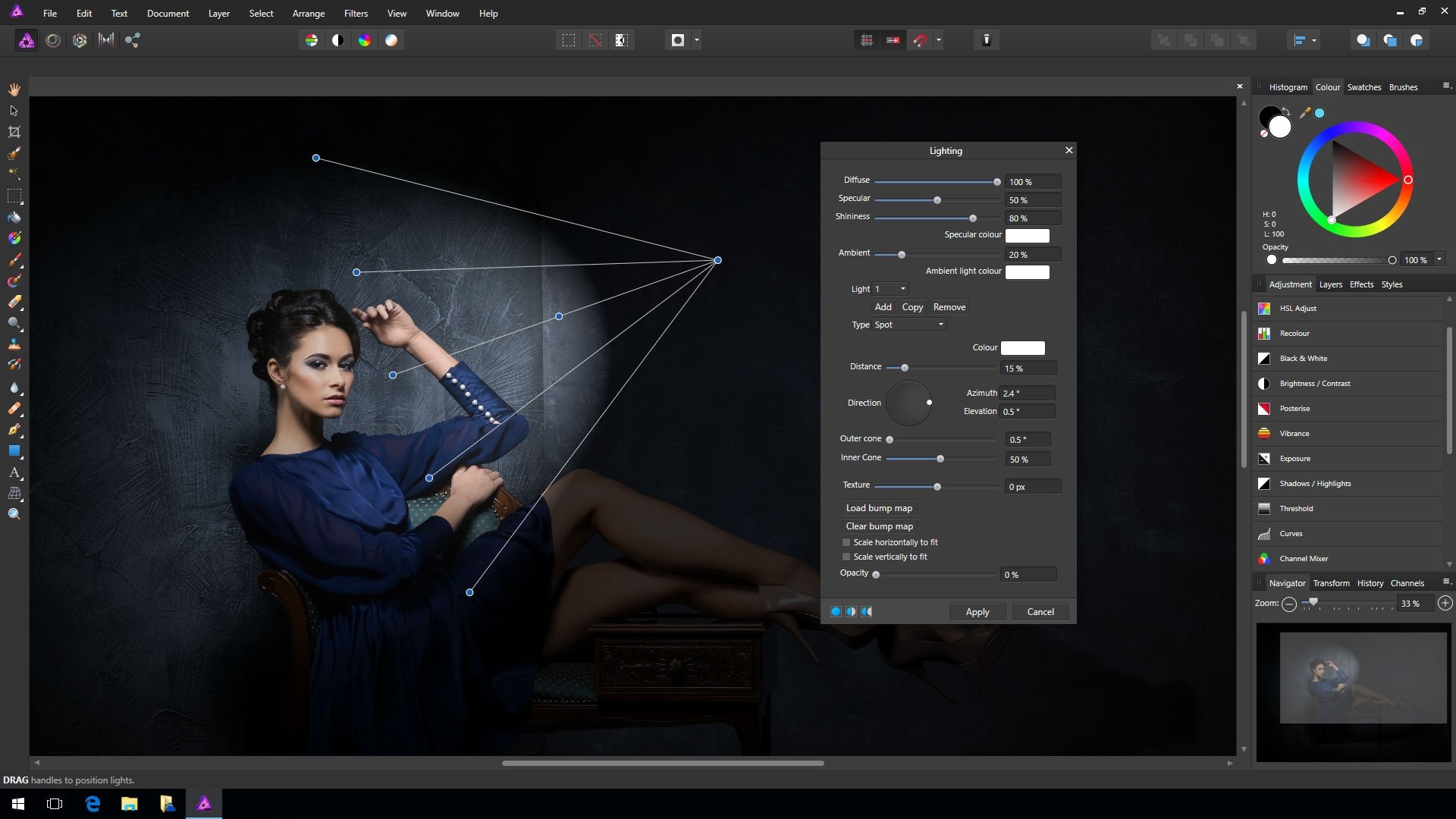

Notice that Designer will create a Pixel Layer automatically the moment you start drawing. Then I pick one of the fantastic default drawing brushes, or one from my own Frankentoon library and start doodling around until I find something I like. If I don’t have any sketch to work with, the first thing I do when I fire up Affinity Designer on my iPad is to switch to Pixel Persona. Tip: Note that this tutorial has been created using Affinity Designer for iPad, but all the techniques demonstrated can be achieved in the desktop versions. Now, let’s see some practical examples of what I listed above. Of course, I could spend the whole day listing lots of practical uses for both type of graphics, but this checklist should be enough to give you an idea of how to get started.


In this tutorial, rather than giving a ‘step by step guide’, I’ll try to break down the ways I usually combine both Personas in Affinity Designer for iPad, and why I choose one over the other, depending on the outcome needed.įor the sake of keeping things simple from the beginning, I’m going to put down a super easy checklist, showing when I use vector graphics and when raster. If you come from Adobe Illustrator or similar, this concept of an integrated raster editor within a vector app may sound weird at the beginning. One of the features that causes more confusion among Affinity Designer newcomers is the unique Vector/Pixel Personas combo. Want to create your own Joking Bird? Let’s get started!

If you would like to follow along you can download a 10-day trial of the macOS or Windows app for free! The same principles apply when working in the desktop version. Here Frankentoon shares the process for creating his vibrant illustration ‘Joking Bird’ using Affinity Designer for iPad and explains how he likes to combine Affinity Designer’s unique Vector and Raster Personas in his work.


 0 kommentar(er)
0 kommentar(er)
